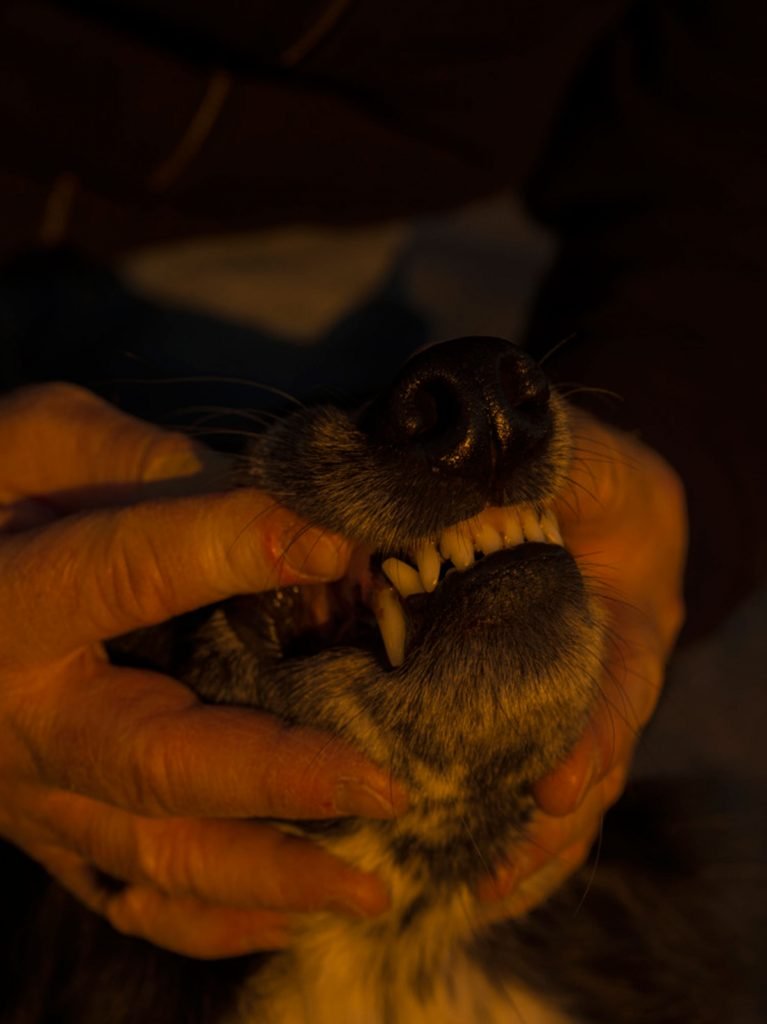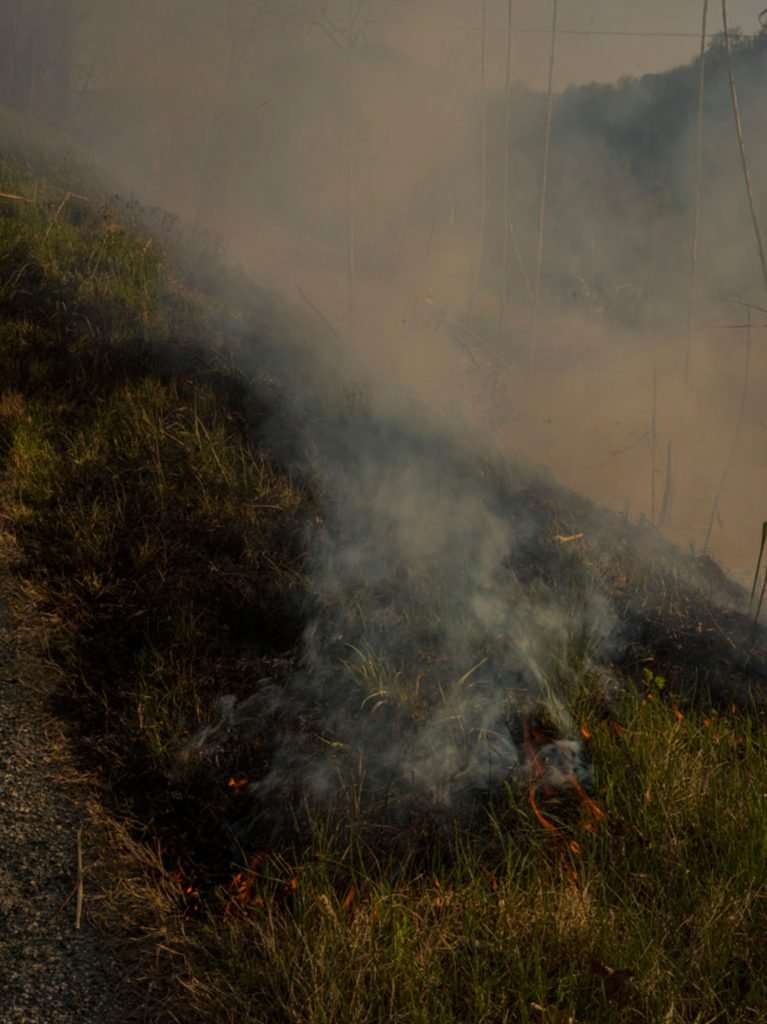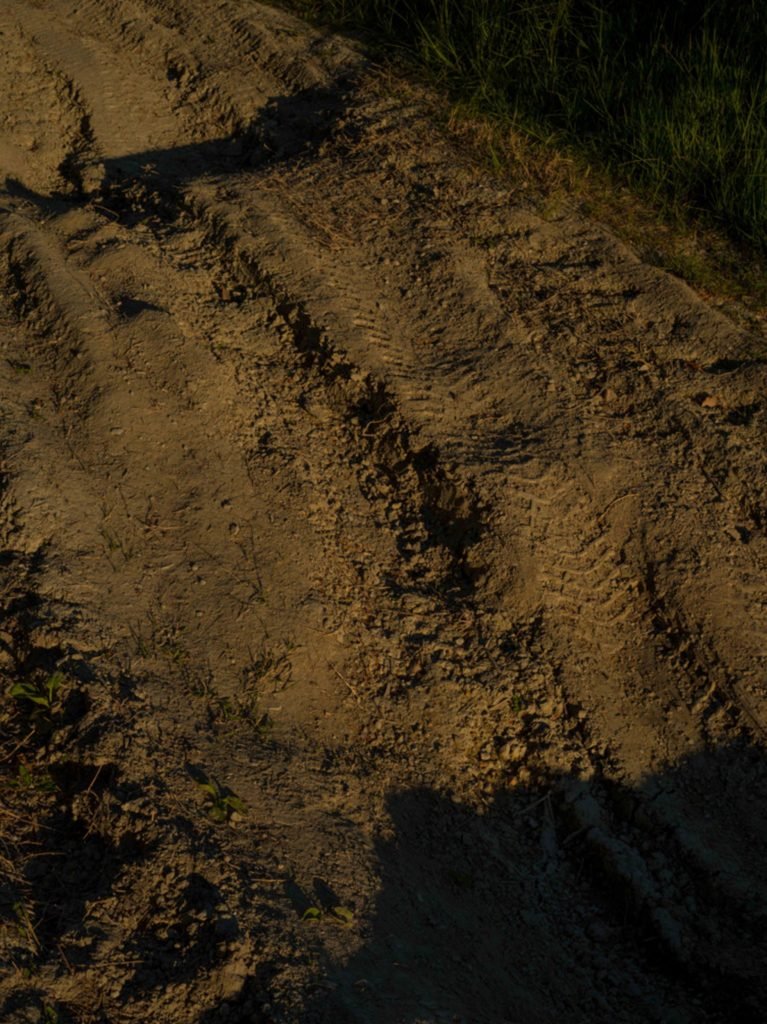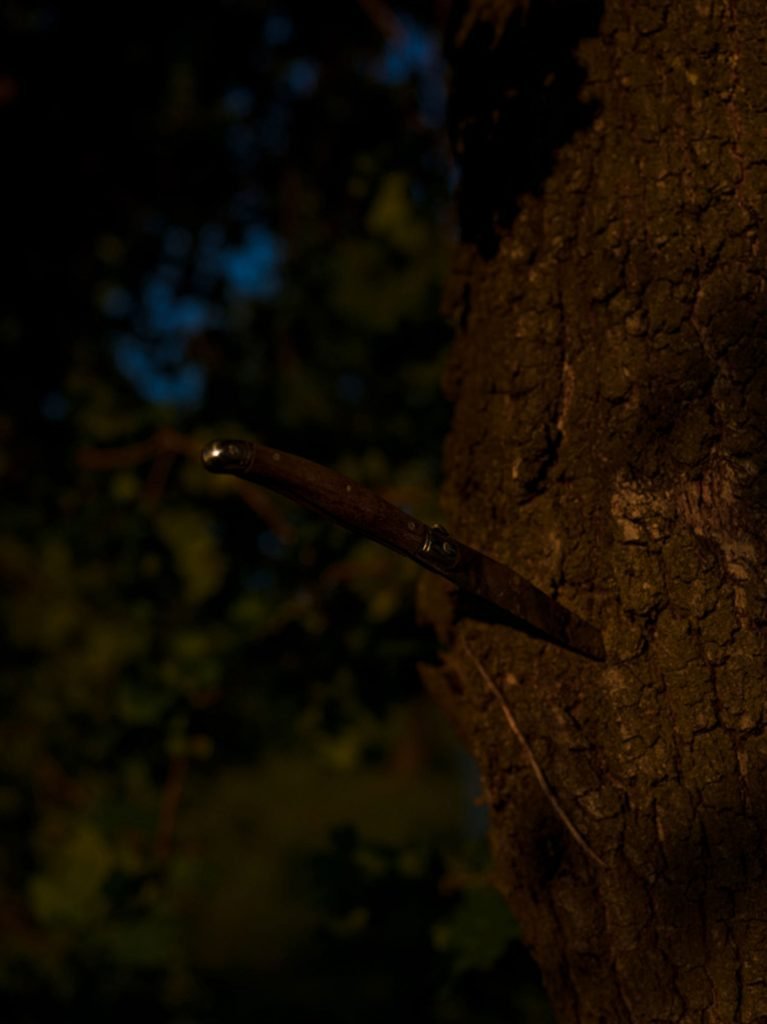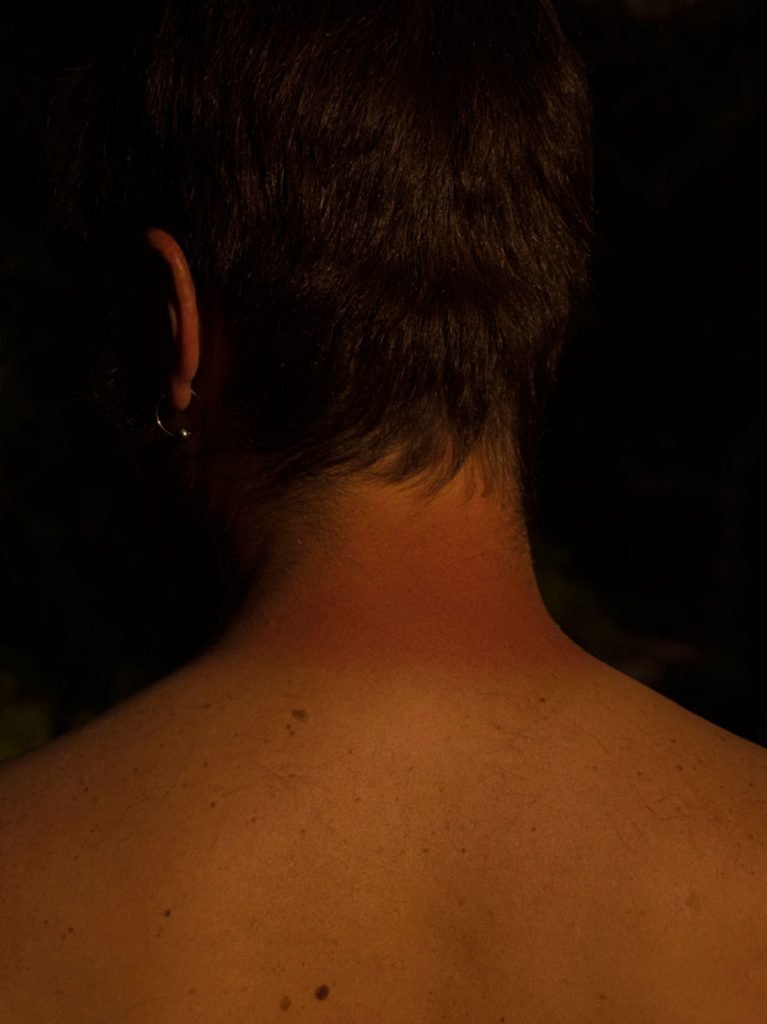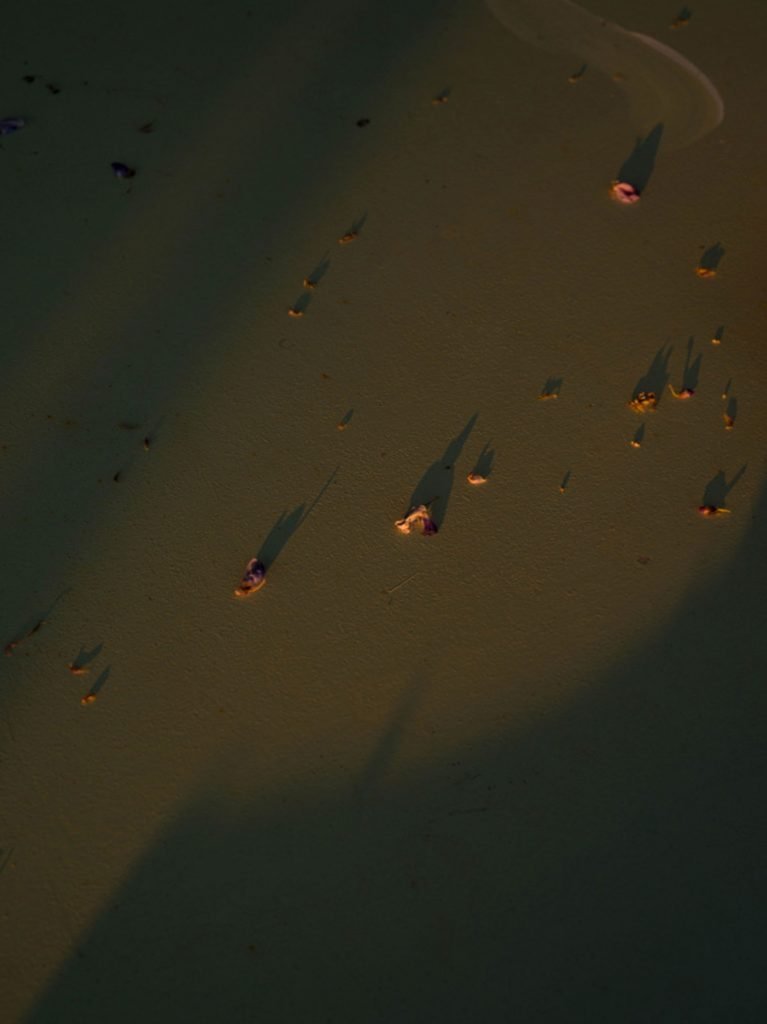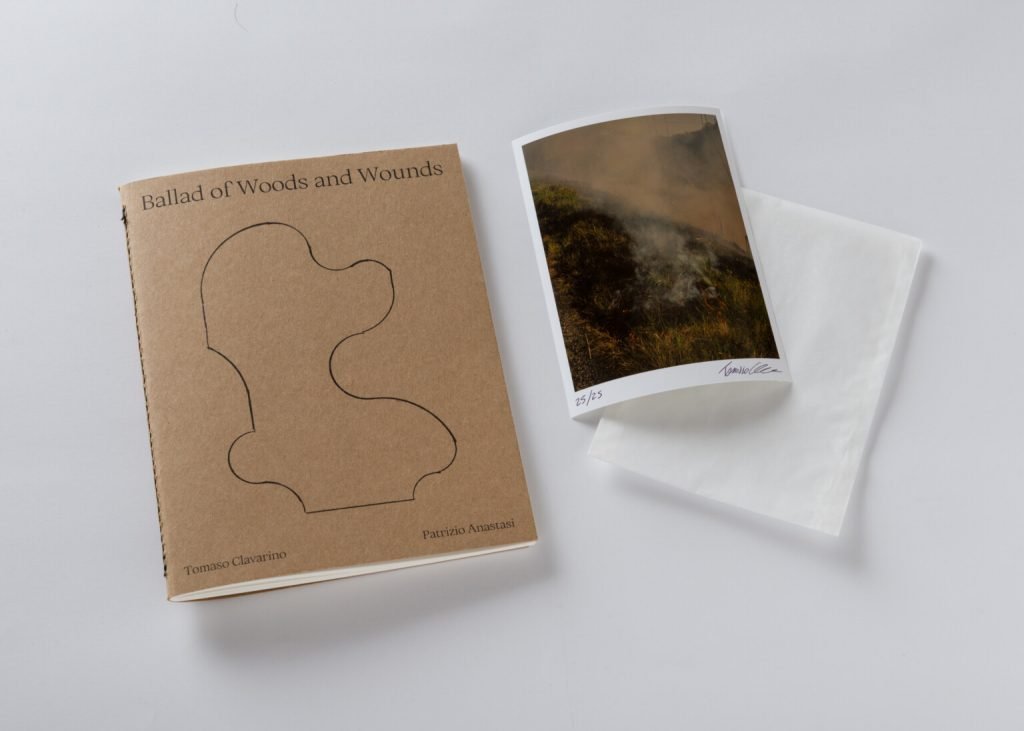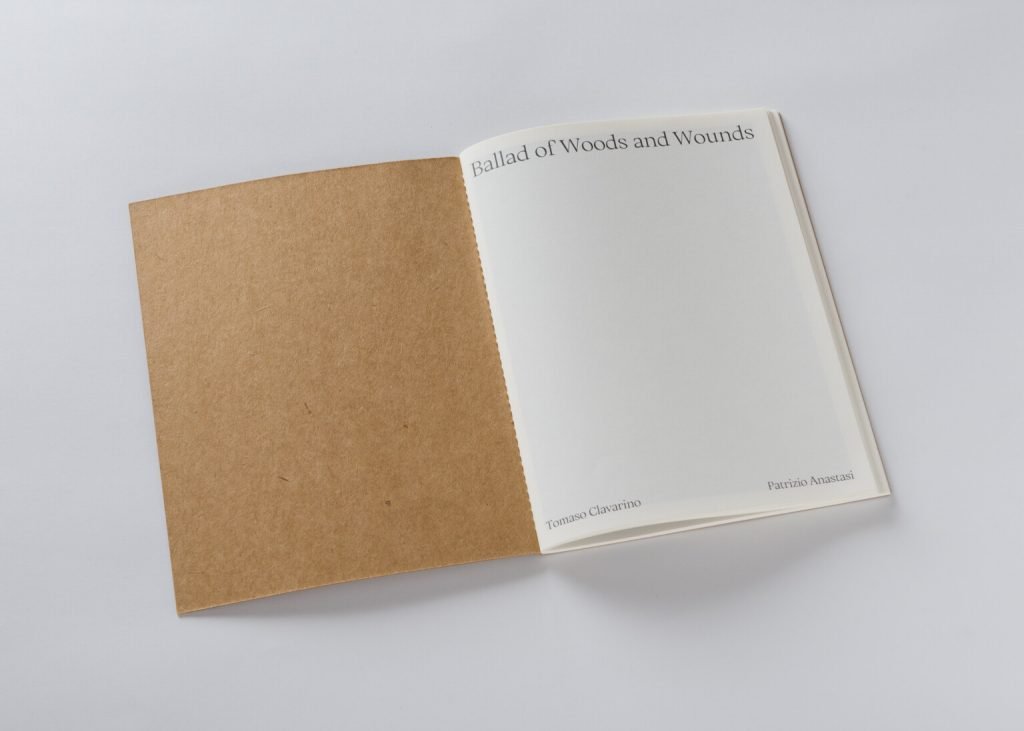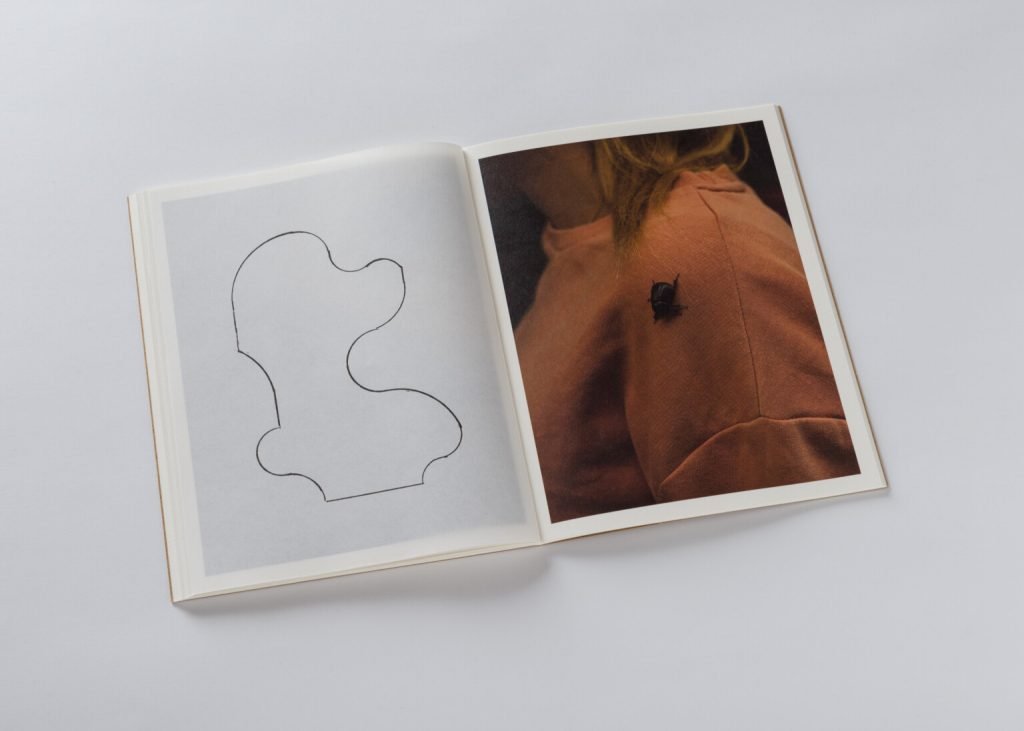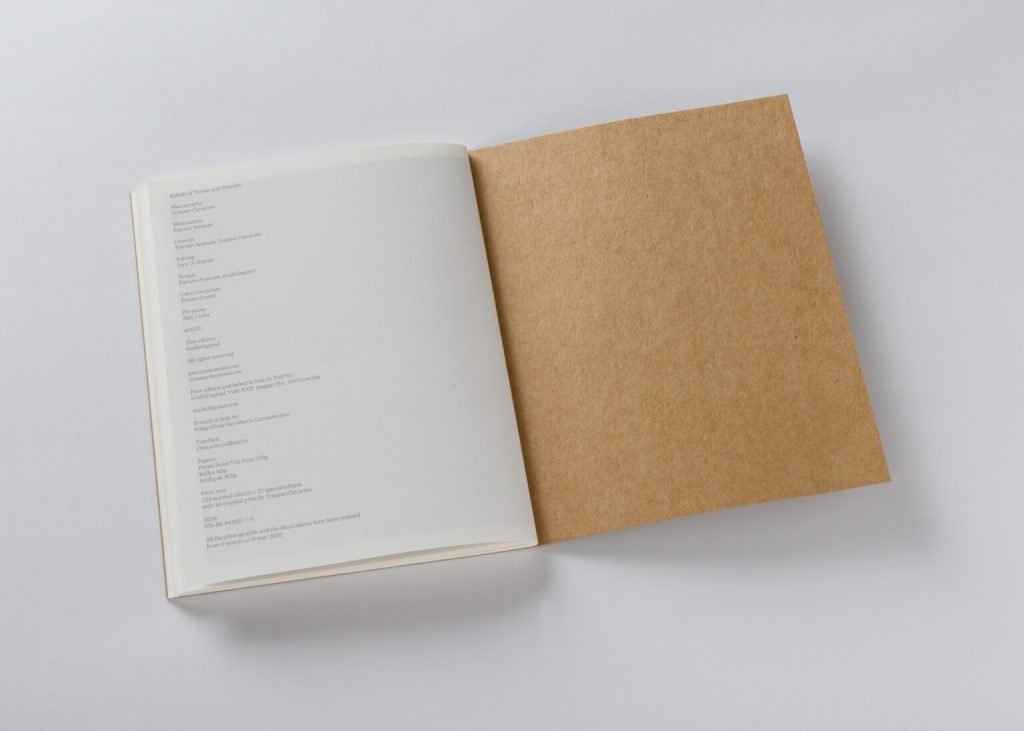Ballad of Woods and Wounds is a book on personal reflection, isolation and escape, but before that, it was an opportunity for both the photographer Tomaso Clavarino and the illustrator Patrizio Anastasi to individually connect with their inner selves, at a deeper level and with a slower pace than ever before. It is a meeting point, a common ground, an opportunity for two different, unique and unplanned journeys to find each other and continue together, stronger of their shared feelings and gained understanding.
Italian Photographer Tomaso Clavarino, limited by the circumstances of the times, takes a chance at producing a body of work that distances from his usual social research for a more personal, intimate narrative never tried before. On the opposite side, and around similar circumstances, Patrizio Anastasi finds relief and comfort in his illustrations as a way to name and number the bland days of isolation. Both voices come from the same region, the Monferrato/Roero Woods of North Italy, a place where Tomaso has grown up spending his adolescent life and where both had found themselves to be for the quarantine days.
The production time of this work sits right into the painful span of the first Italian lockdown. Both works have been produced between the 9th of March and the 18th of May 2020, without any final intention. It is only after the two authors had shared their personal experiences with each other that the idea of putting together a book of this type was born. The intent behind it is to unite different visual practices to generate a back-and-forth dialogue made of rimes, contrasts, and subtle dynamics.
Clavarino’s contribution reflects on the inner emotional tension between his memories of the Monferrato valley – the countryside home he left behind a few years ago – and the universal/personal challenges experienced at that peculiar time. The world pandemic from one side and a personal loss as well as the arrival of his first son from the other. The joy, the worries, the expectations and the uncertainty of the future altogether. Photography becomes an opportunity to escape the chain of events rolling fast by visiting the woods that have hosted and nurtured his childhood. An exploration of those love-and-hate feelings for a place that gave him everything whilst still pushing him away in search of bigger opportunities in life. The images, taken within a ray of a kilometre from his childhood home and under the same warm evening light, are quiet, reflective. They follow a precise scheme of light that is more of a rummage through the shadows of his past and present questions. They are calm, balanced, tinged with a feeling that is nostalgia mixed with pain and softened with acknowledgement of the current inevitability of events. Most importantly, they communicate a vivid state of mind by engaging with its counterpart illustrated work, a shared state of mind that is difficult to ignore.
If the photographic work is to a certain extent static, Anastasi’s illustrations are dynamic. Time flows from the a, b, c, d… of the alphabet to the 1, 2, 3, 4… of the numeric sequences appearing from time to time within his drawings. Anastasi’s line travels through the page, it twirls, curves, spikes, it fills the voids of its shapes and sequences the white of its page. At times cryptic, those illustrations work on a deeper subconscious stratus that pushes the viewer into finding more personal meanings within the self, rather than within the shapes they present (or represent). Ultimately, a certain joy surfaces through Anastasi’s drawings like a whisper of hope from a rested mind. It would not be enough to say that they rewrite the photographs’ same message. Instead, they overlap it, reinforce it and often rip it apart in unexpected but rather beautiful ways.
The artefact, recently published by studiofaganel and edited by Sara Occhipinti, has been built upon a simple, efficient set of decisions. This has served well the included images and it is done with a certain refined grace well received by the viewer. Starting from the outside, the themes of wood and wounds have been taken into consideration with great sensibility through paper choice and binding technique. The brown, thick wood-ish Kraftpak paper feels like a direct reference to the cortex of trees – the natural skin of the woods. The exposed stitching of the spine reminds of healing processes typical of other more physical wounds. Inside, photographs are laid bare over a rich ivory paper that satisfies the tactile experience of this object, as opposed to the thinner transparent choice for the illustrated work. Through the use of a static and repetitive rhythm, photographs and illustrations follow each other with measured tempo, almost recreating the undifferentiated passing of time during the quarantine period that incubated this project. Same image size and the page layout of both photographs and illustrations reinforce this feeling throughout the entire experience.
This is a successful attempt at merging different practices within the same space-time of a book. Two different approaches to isolation have been combined with calibrated attention by creating an emotional window into the personal experience of different practitioners. It allows the viewer to enjoy a type of understanding difficult to reach otherwise. To lose sight of time and space wandering into the woods and its atmosphere, looking over wounds often ignored. A work that well encapsulates common feelings without being pretentious. This is done using simplicity as its greatest asset, presenting a ballad of images to dance with, and to dream of.
Tomaso Clavarino (b. 1986) is a photographer and director based in Italy. He is represented by studiofaganel, is the curator of Jest Fotografia and professor at IED (Istituto Europeo di Design).
His work was exhibited in Italy and abroad and is regularly published by magazines and media outlets such as Newsweek, The New York Times, Vogue, The Washington Post, Der Spiegel, The Atlantic, Vice, LFI – Leica Fotografie International, The New Republic, Vanity Fair, Frankfurter Allgemeine Zeitung, The Guardian, Monocle, Courrier International, Politico, Al Jazeera, Volkskrant Magazine, XL Semanal, Publico, De Correspondent, D-La Repubblica, Internazionale, Corriere della Sera, Dagbladet Information, Newsweek Japan, La Stampa, Deutsche Welle, Pulitzer Center on Crisis Reporting, La Repubblica, SportWeek, Tidningen Re:public, FQ Millennium, Open Society Foundation.
